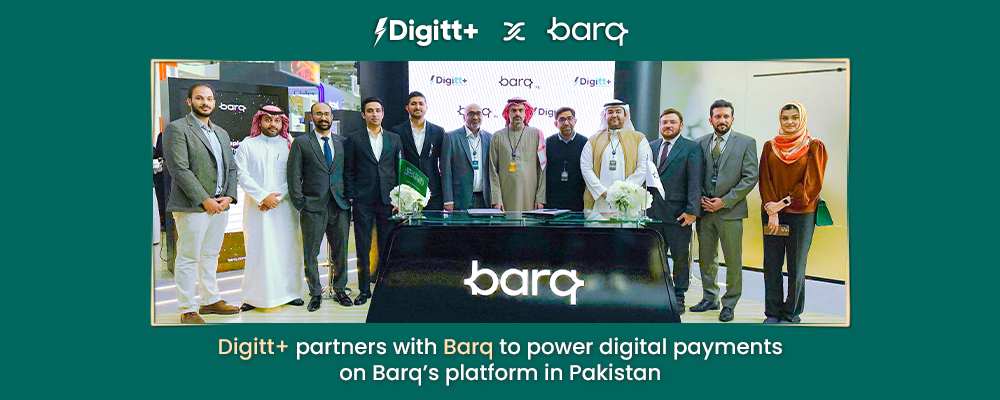FinTech, which uses technology to provide financial services, is just as important to traditional financial institutions as mobile apps are to smartphones. This article discusses the difference between Traditional FinTechs (which provide technology to existing financial institutions) and Emergent FinTechs (which partner with or disrupt banks). In Pakistan, where the economy is largely cash-based, most organizations (72%) are unaware of the potential benefits of collaborating with FinTechs. The transition to a cashless society and the promotion of financial inclusion requires technological advancements, government initiatives, and evolving customer preferences.
Talking about the gaps in Pakistan’s market, global fintech investments are on the rise, but Pakistan’s fintech sector faces significant challenges:
- Pakistan’s financial inclusion rate stands at 15%, falling below the 33% average for lower middle-income nations.
- Although the banking sector accounts for 80% of financial services, it caters to just 15% of the population.
- While there are 1500 registered IT firms in Pakistan generating $1.6 billion in sales from technology services exported abroad, concerns about quality persist.
- Pakistan ranks 138th out of 189 countries in ease of doing business and exhibits a 15% Investment-to-GDP ratio, significantly lower than the 32% ratio found in other emerging economies.
- The country’s 12 branchless banking license holders lack interoperability among their platforms.
- While Pakistan ranks among the top 10 remittance markets, the current system only allows collection through bank branches.
- There is a significant gender disparity in smartphone ownership, with just 29% of women in possession of smartphones compared to 77% of men.
Challenges in Pakistan’s FinTech landscape include resistance from established entities, intricate and unfavorable regulations, limited early-stage funding, data security concerns, licensing complexities, intellectual property risks, insufficient mentoring, scarce late-stage funding for growth, customer base access difficulties, and talent recruitment challenges.
With the 5th largest youth population and rising internet and smartphone usage, Pakistan shows FinTech potential and opportunities. Pakistan’s mobile penetration at 69% highlights its growing reliance on mobile technology, with smartphone adoption projected to surge from 16.6% in 2016 to 51% by 2020. While the country had just 7.33 ATMs per 100,000 people in 2014, it has the potential to leap into the next-gen digital payments infrastructure. With 132 million biometrically verified SIMs, instant wallet issuance becomes feasible. Insurance firms seek to engage customers, sell policies online, and collect premiums digitally. The e-tail market is predicted to reach EUR 746 million by 2019 and EUR 1.9 billion by 2024, with a 2.3% penetration. Pakistan’s predominantly urban landscape, accounting for nearly 73%, promises high FinTech adoption rates, both physically and electronically.
Providing FinTech education, promoting awareness and collaboration, fostering neutral FinTech incubators, prioritizing digital payment infrastructure, enhancing branchless banking and favoring mobile wallets over traditional cards should be done. Pakistan, the world’s sixth-largest population, presents a prime opportunity for FinTech growth, driving economic and GDP expansion. Investing in local FinTechs is crucial for Pakistan’s FinTech ecosystem.




